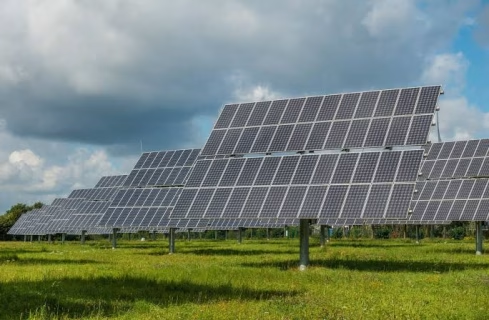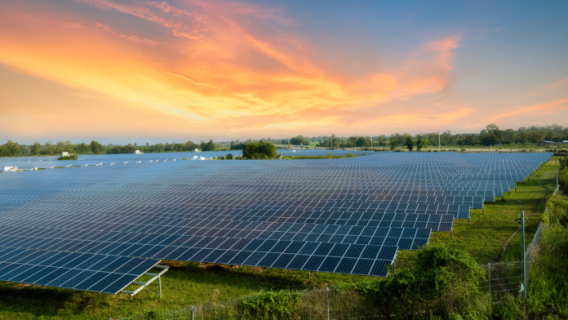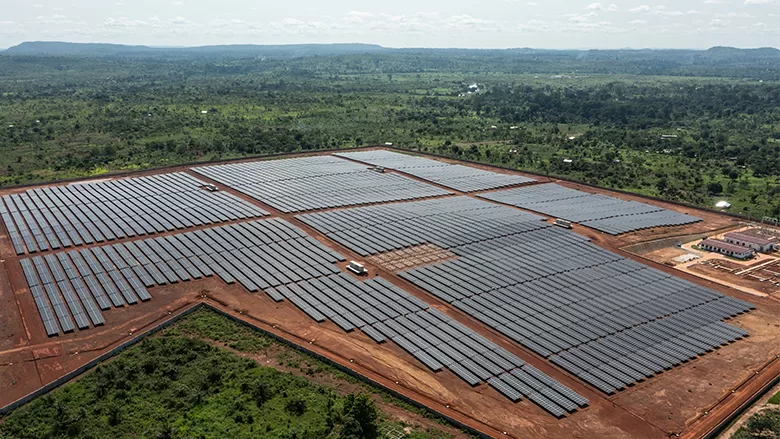The planned 195 MW Kaptagat Solar Power Plant in Kenya’s Uasin Gishu County is far more than a typical solar project; it is the foundational power source for a comprehensive green industrial venture. Developed by Tarita Green Energy Limited through its subsidiary Kaptagat Solar Park Limited, this large-scale photovoltaic (PV) park will provide the necessary clean, renewable electricity to power a co-located 135 MW green hydrogen electrolysis plant. The ultimate goal of this integrated facility is to produce approximately 40,000 metric tonnes of green ammonia annually for fertilizer production, helping to meet regional agricultural demand with a much lower carbon footprint. This facility will be joined by Kaishan Geothermal Green Ammonia and Green Fertilizer Project in meeting fertilizer demands for Kenyan farmers.
In essence, the 195 MW Kaptagat solar facility represents a strategic step by the private sector to leverage Kenya’s vast renewable potential, turning sunshine directly into vital food-production resources and positioning the North Rift region as a hub for green industrialization.

Reported on August 18, 2025
Tarita Green Energy Ltd is planning to establish a 195 MW solar park in Kenya’s North Rift county of Uasin Gishu at Kaptagat. The company aims to execute this project under its subsidiary, Kaptagat Solar Park Ltd. Currently the Kaptagat Green Ammonia Park Ltd. is seeking a license that will enable them to develop a 195MW Kaptagat Solar Power Plant in Kenya. This facility will enable the company to power the production of up to 40,000 tons of ammonia every year.
This upcoming solar power plant will be located in Kenya’s Rift Valley region. Additionally, there will also be an installation of a 20 megawatt-hour electrolyser. The electrolyser will utilize the renewable energy to split water in order come up with the so-called green hydrogen. The company revealed this in a statement. In recent highlights, Kenya Power is committed to facilitate similar projects such as the Kenya Off-Grid Solar Access Project. Once completed, this project will provide power to over 14 counties in the arid and semi-arid regions of Kenya. Furthermore, it shows Kenya’s zeal and commitment to leverage solar energy as a power source.
Kaptagat Solar Power Plant Project Factsheet
Location: Kaptagat, Kenya, within the Elgeyo Hills-Cherangany Ecosystem.
Capacity: 195 megawatts (MW) of solar power.
Green Ammonia Production: The plant is designed to produce 40,000 tons of green ammonia annually.
Funding: The project is part of a broader initiative funded by the UK, with a total investment of Ksh.4.7 billion for solar energy, forest restoration, and other nature projects in Kenya.
Community Impact: The project aims to benefit over 1,000 people living in the Kaptagat landscape by providing sustainable energy solutions and improving livelihoods through climate-smart agriculture and biogas production.

Also read: KenGen Set to Add 42.5MW Seven Forks Solar Power Plant on Kenya’s Seven Forks Dams
Facilities to be Developed Alongside the Project
Furthermore, other facilities that will be erected alongside the project include storage tanks, a fertilizer manufacturing complex, and an ammonia synthesis plant. Additionally, there will be the establishment of an ammonia terminal at Kaptagat Railway Station.
Ammonia which can be used in manufacturing fertilizer, is a derivative of hydrogen.
Lastly, the production of green ammonia in the region aims to meet the fertilizer demand in the region. This will be important in that it will reduce emissions to the environment as compared to the traditional methods.

